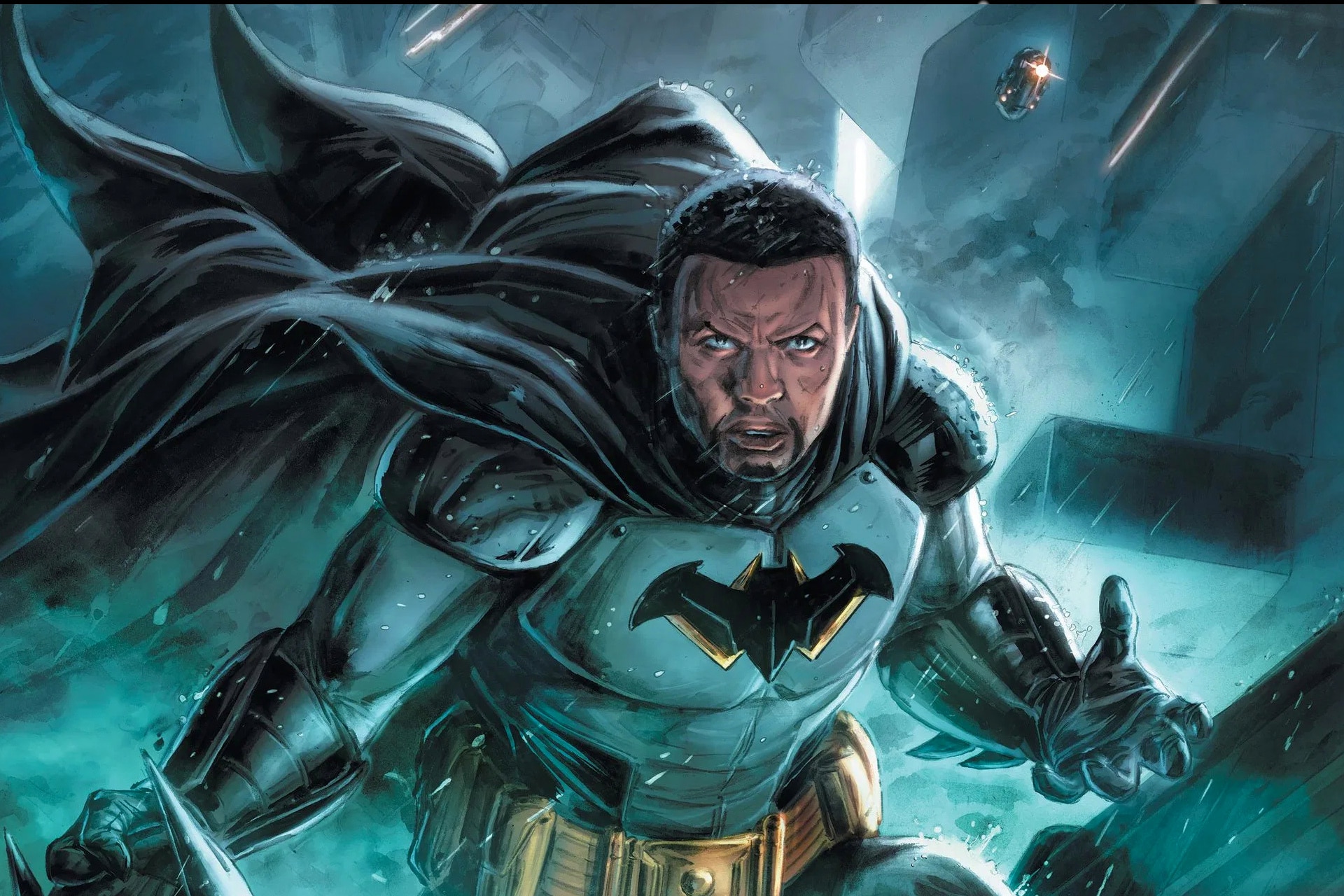Batman's Impact On Urban Culture
Share
Batman, the iconic superhero created by Bob Kane and Bill Finger, has left an indelible mark on urban culture since his debut in 1939. This article explores the various ways Batman has influenced urban life, from architecture and fashion to social issues and community engagement.
The Birth of a Legend
Batman emerged during a time when the world was grappling with the Great Depression and the rise of fascism. His character represented hope and resilience, embodying the struggle against crime and corruption. The dark, brooding nature of Gotham City, Batman's home, reflects the complexities of urban life, making him a relatable figure for many.
Architectural Influence
The design of Gotham City has inspired architects and urban planners worldwide. Its towering skyscrapers, gothic architecture, and intricate alleyways create a unique urban landscape that has influenced real-world city designs. The juxtaposition of light and shadow in Gotham serves as a metaphor for the duality of urban life, showcasing both its beauty and its dangers.
Batman in Popular Culture
The impact of Batman extends beyond comic books into movies, television shows, and merchandise. Each adaptation has brought new interpretations of the character, reflecting societal changes and urban issues. The 1960s television series introduced a campy, colorful version of Batman, while Christopher Nolan's Dark Knight trilogy presented a more realistic and gritty portrayal, addressing themes of terrorism, corruption, and morality.
Batman and Social Issues
Batman has often been a lens through which social issues are examined. The character's fight against crime and injustice resonates with urban communities facing real-world challenges. Storylines addressing mental health, poverty, and systemic corruption have made Batman not just a superhero but a symbol of hope and resilience for many.
Community Engagement
Batman has inspired numerous community initiatives, from youth programs to crime prevention efforts. Organizations like the "Batman Day" celebration encourage community involvement and promote literacy through comic books. These initiatives foster a sense of belonging and empowerment, showing how a fictional character can influence real-world change.
The Merchandise Phenomenon
The commercialization of Batman has created a vast array of merchandise, from toys and clothing to collectibles. This phenomenon has not only generated revenue but also solidified Batman's status as a cultural icon. The availability of Batman-themed products allows fans to express their admiration and connect with the character on a personal level.
Conclusion: A Lasting Legacy
Batman’s influence on urban culture is profound and multifaceted. From inspiring architectural designs to addressing social issues, the Dark Knight has become a symbol of hope, resilience, and community engagement. As urban landscapes continue to evolve, Batman will undoubtedly remain a significant figure, reminding us of the power of storytelling and the impact of a hero in our lives.
Whether you’re a lifelong fan or a newcomer to the world of Gotham, Batman’s legacy is a testament to the enduring power of myth and its ability to shape our urban experiences.




